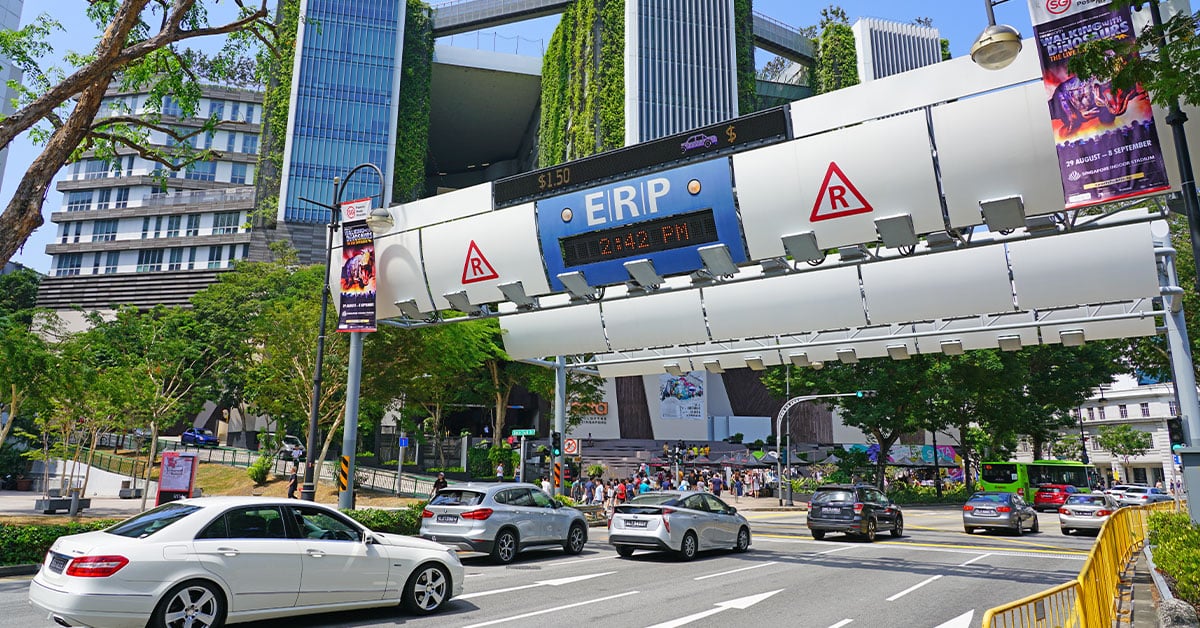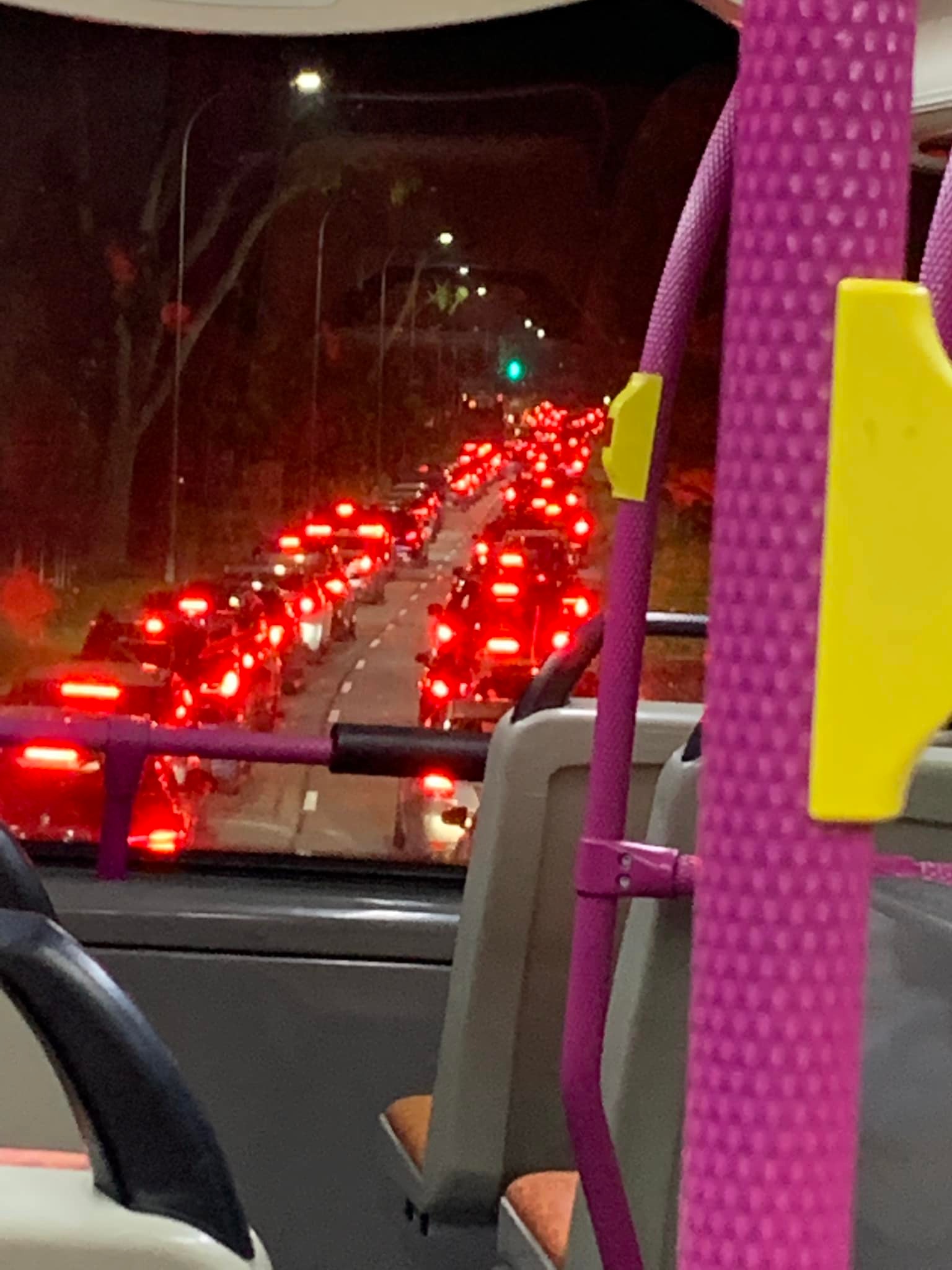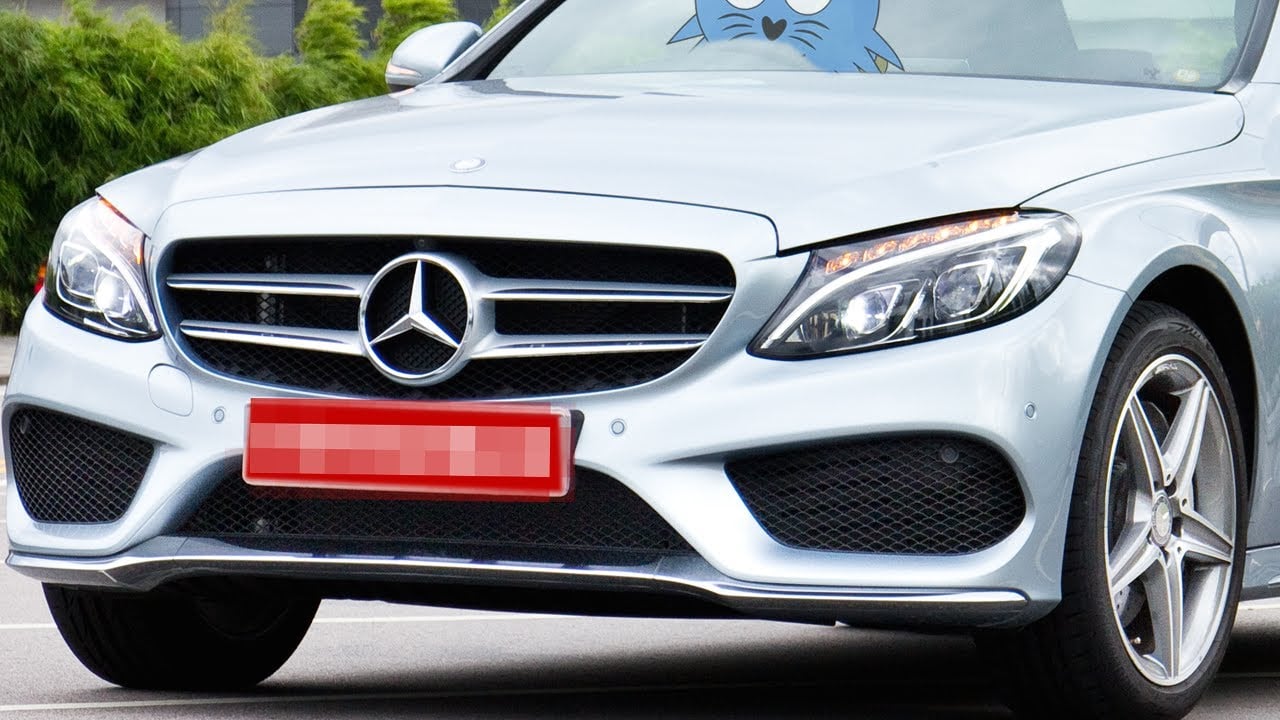Take a walk in Singapore, and I bet you’d see more people using Discman to listen to Jay Chou than red-plate cars (off-peak cars).
But like Discman, they still exist, but they’re unbelievably rare.
But why?
If you prefer to watch a video about this topic, here you go:
History of Plate Colours
Before that, you need to know its history. As you read this in 2024, the red plate car scheme is precisely 30 years old.
So, back in May 1994, the red plate scheme was introduced. Back then, it was easy to spot one: the plates are red (duh).


You see, the colours of car plates in Singapore aren’t for cosmetics. They serve different functions.
For example, for a standard vehicle, there are two types:
- White font with a black background
- Black font with a white background in the front and a yellow background at the back. It is mainly used for plates made of reflective material.
Car owners cannot make their plates pink just because they’re fans of Barbie. So, it would be evident if your car has a red plate.
Red Plates, COE, and ERP
Here’s the thing: as the 1980s approached, people in Singapore started to get richer, and they bought more cars.
It was increasing at 12% per year back then, so if nothing is done, there might be more cars than people in Singapore.


So, the Government took two measures: introducing COE and what was known as the Area Licensing Scheme, which later became ERP.
Weekend Car Scheme
So, what does this have to do with red-plate cars?
In May 1994, on top of COE and the Area Licensing Scheme, the Government came up with another creative idea: the Weekend Car scheme, which has its own COE. The goal is to reduce congestion during peak hours.


For the Weekend Car scheme, the car can only be driven from 7 pm to 7 am on weekdays, after 3 pm on Saturdays, all day on Sundays, and on public holidays.
That was then replaced by the Off-Peak Car scheme in October 1994, which is quite similar to the Weekend Car scheme, except that there is no longer a separate COE.
These cars have red plates, and if drivers want to drive them during restricted hours, they have to buy a day pass for $20.
With that, car buyers received an upfront rebate of $17,000 when purchasing the car and an $800 flat discount on annual road tax subject to a minimum road tax payment of $50.
Attractive Package
As you can see, that was quite attractive because, let’s say, in October 1995, the COE was about $18K for small cars, so you’re essentially paying $1,000 for a COE with the rebate.
Then, on 25 January 2010, about five years after the 5-day work week became the norm in the public sector and slowly in the private sector, it was revised to become the Revised Off-Peak Car scheme.
From then on, you can drive your off-peak cars all day on Saturday and the eves of five major public holidays (New Year, Lunar New Year, Hari Raya Puasa, Deepavali and Christmas), with a slight adjust in the rebates.
Why the Decreased Popularity?
It worked a little but died off quickly. When it was first introduced, over 5,300 cars joined the scheme within nine months.
In 2010, 8% of the cars registered were Off-Peak cars (OPC), at a peak of 50,040.
But slowly, the trend shrank when COE prices started to explode, from an average of about $32k in 2010 to about $60k in 2015 for small cars.
FYI, it’s around $94K now.
Consider it: if you deduct $17,000 in 2010, you’re saving about 53% of the COE payable. But in 2015, you just saved 28% for the same car. As time passes, COE prices stay the same or increase, never decrease.
So, in the first seven months of 2022, only 0.74% of cars registered were OPC. Compared to 8% to 0.74%, that is a considerable decrease, causing some to think this scheme is obsolete.
What’s Going to Happen?
In November 2023, an MP asked the Transport Minister if they would be revising the scheme, and the Ministry of Transport just said that they would “continue to conduct regular reviews of the ROPC scheme, and introduce more options, if necessary, to meet the transport needs of Singaporeans.”
But let’s face it: the OPC scheme is really like Facebook. It used to be popular, and some people still use it. But many have moved to other options.
For example, people are moving to TikTok, Instagram or Telegram. Similarly, people are moving to car-sharing or private hire.
So, if you see one nowadays, it’s like seeing someone using Facebook on the train.
“So Boomer”, as someone who has never seen a Discman before would say.
Over in TikTok, there’s a drama involving property agents that’s caused by us. Here’s what happened:

Read Also:
Advertisements

